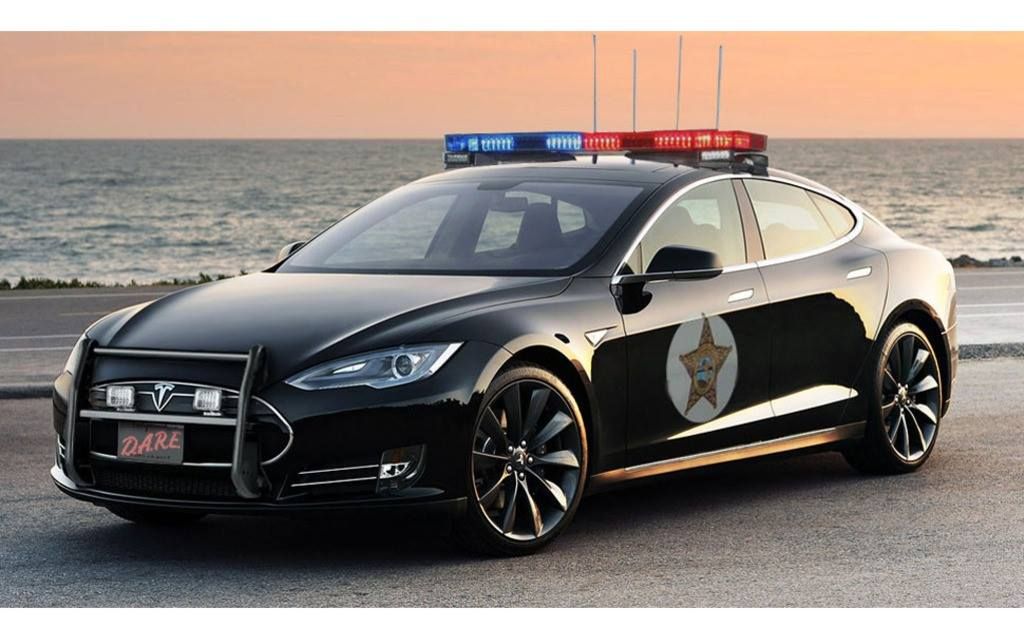The Importance of Electrifying Municipal Vehicles
City Cleanup Can Begin on Wheels
Electrifying police cars, street sweepers, refuse trucks and other municipal vehicles does more than just help the environment—it also saves money and makes urban areas a safer, more peaceful place to live. Here are the main reasons cities are switching to EVs.
Improving Air Quality
Air pollution has been linked to numerous health conditions that lead to increased medical costs. A report from the Arizona Public Interest Research Group (PIRG) found that switching to electric fleets could save $14 million in pollution-related expenses over the lifetime of the municipal vehicles—and that’s just in Arizona.

The increase in air quality would save money and improve people’s health. Electric vehicles with the greatest public health benefits include school buses and other forms of public transport since people usually breathe in exhaust fumes from conventionally powered vehicles while waiting to board.
Additionally, vehicle pollution is one of the largest contributors to climate change. Electric vehicles produce no emissions and don’t rely on fossil fuels extracted from the ground. That makes them much better for the environment than traditional internal combustion engine (ICE) vehicles.
Reducing Noise Pollution
Waste management vehicles like street sweepers and garbage trucks improve public health and the environment but aren’t known for being quiet. However, their electric counterparts are near silent, eliminating the harsh, grating engine noise as they idle near dumpsters or remove debris from city streets.
Converting to an all-electric fleet of municipal vehicles vastly reduces noise levels within city limits. That makes it easier to work and sleep in a busy urban area.
Saving on Fuel Expenses

EVs have a higher upfront cost than ICE vehicles, but thanks to Section 45W of the Inflation Reduction Act’s Internal Revenue Code, buyers can qualify for tax credits on vehicles placed in service within the next 10 years. The incentive offsets up to $7,500 for vehicles weighing less than 14,000 pounds and up to $40,000 for those above that weight.
With those tax credits, electric municipal vehicles make sense in terms of saving money. Fuel prices remain steep. Cities that use EVs could direct the money they save on gas costs to after-school programs, food banks or better infrastructure.
Boosting Energy Security
Relying less on foreign oil and gas gives cities more control over their expenditures. Rather than contributing to overseas markets, generating power at home lets people reinvest in their local economy. It also means that even if fuel prices fluctuate, the cost of powering municipal vehicles can stay roughly constant.
EVs even improve energy security. School buses are usually idle in the summer and during the school day and can be repurposed as mobile power banks during electricity outages. Their batteries can serve as backup generators for hospitals, schools and businesses in a blackout.
The Road to an Electric Future
People often fail to mention countless municipal vehicles patrolling city streets and train tracks in the EV discussion. Snow plows, trains, buses and more can all be electrified, leading to cleaner cities and lower fuel expenditures.
Many cities are already upgrading their fleets. Someday, the harsh sound of a garbage truck will be a thing of the past, and so will the emissions that come with it.
